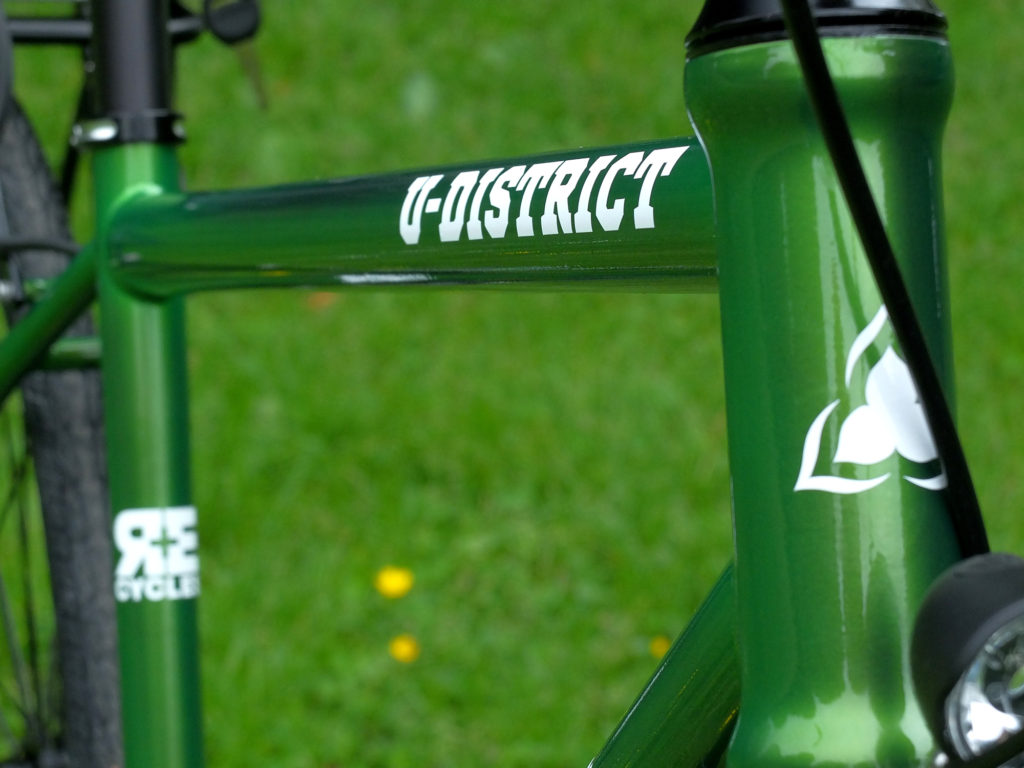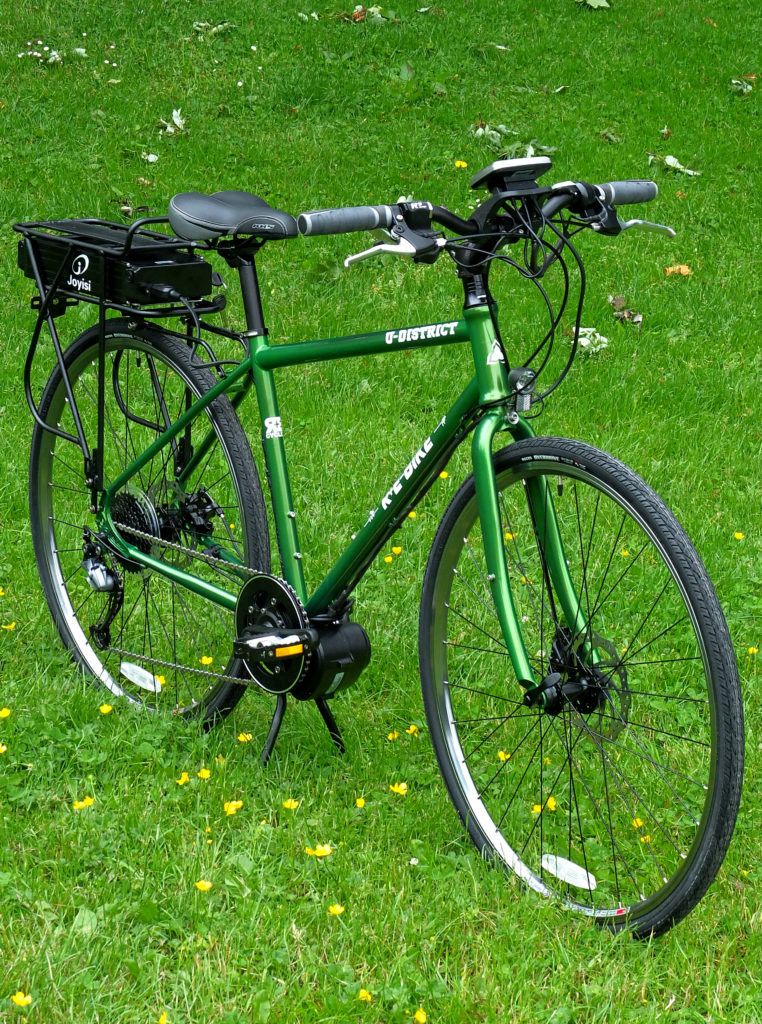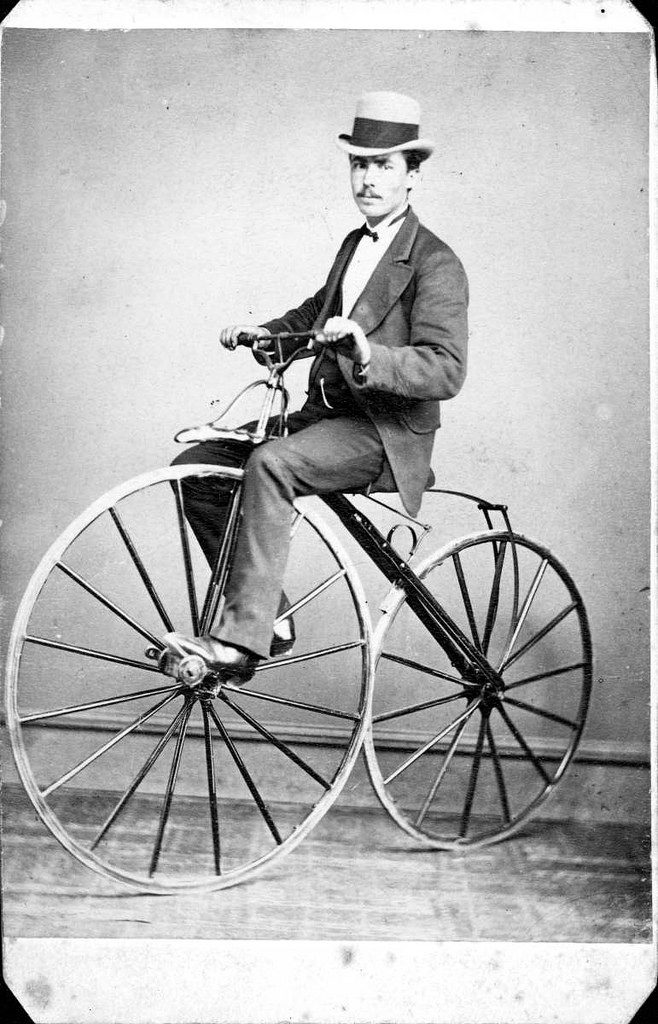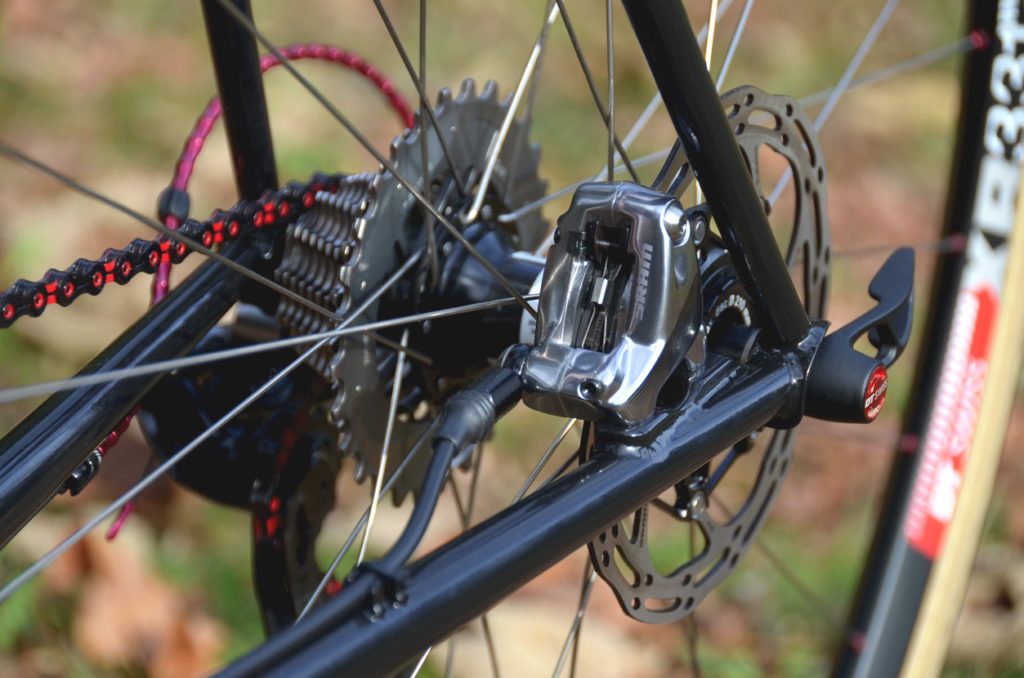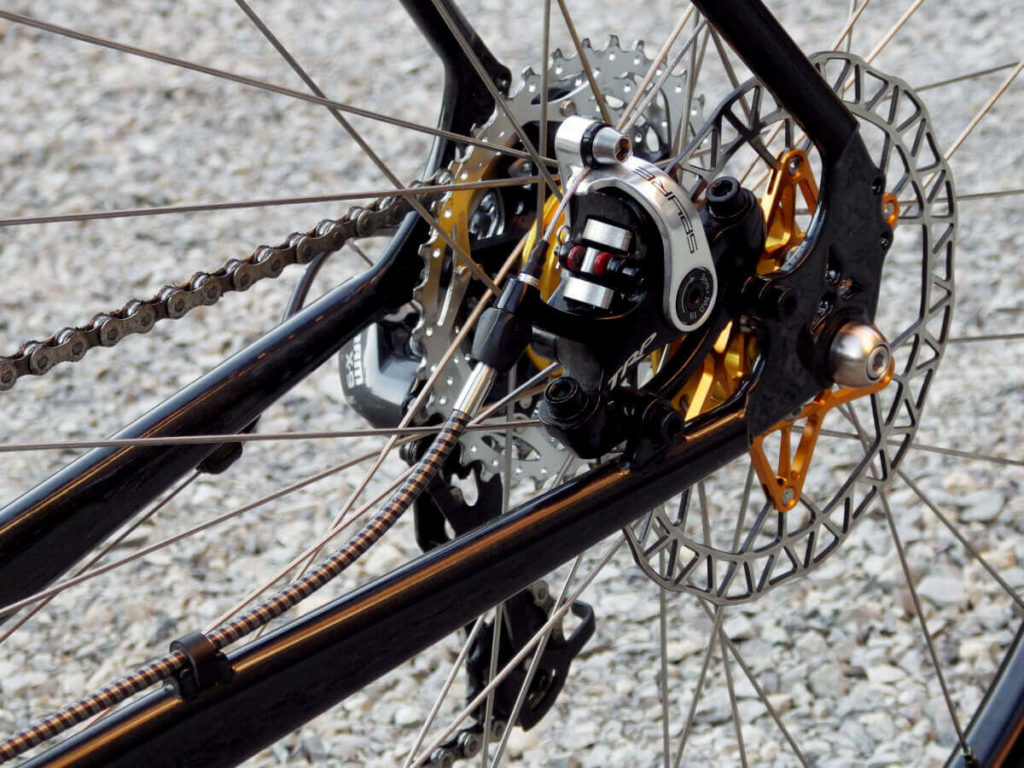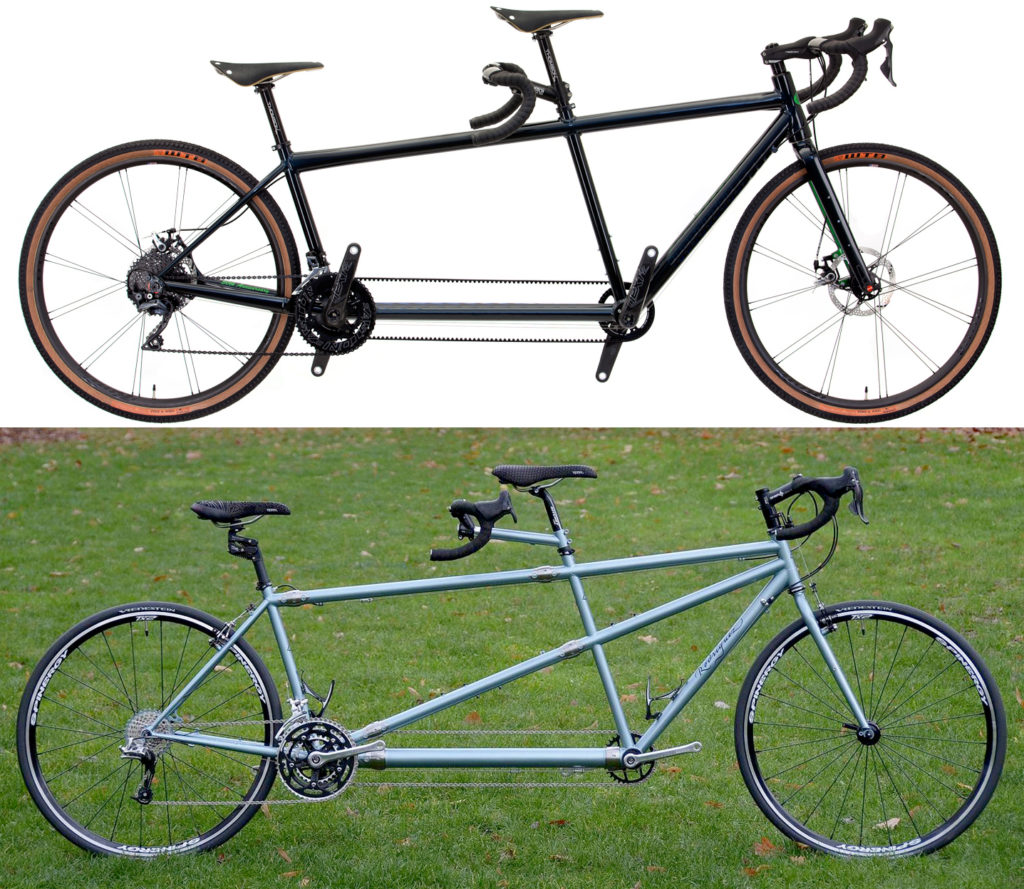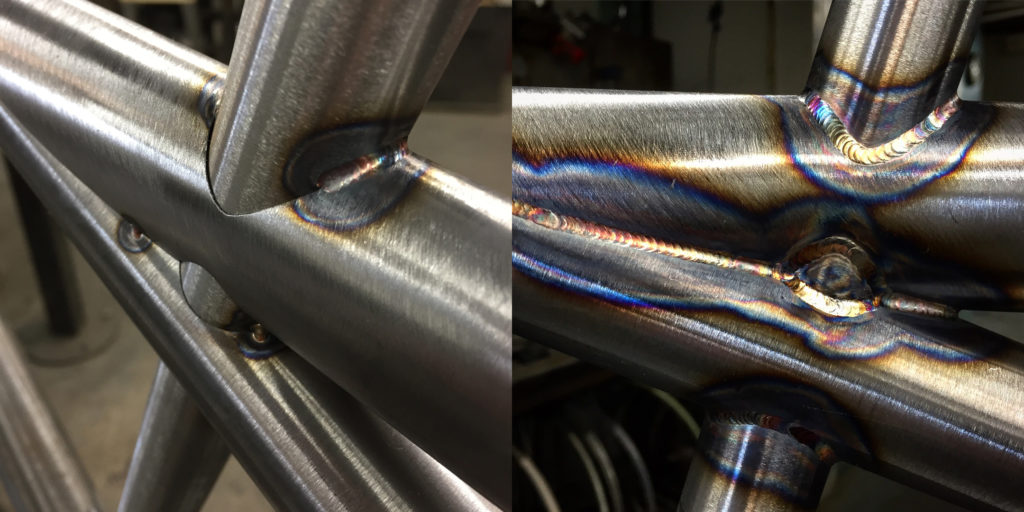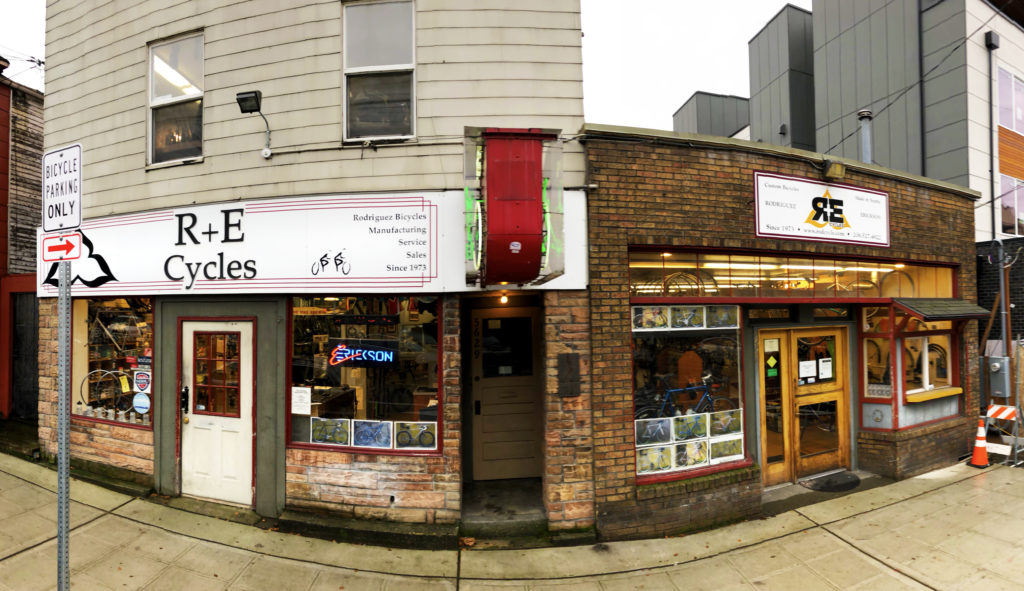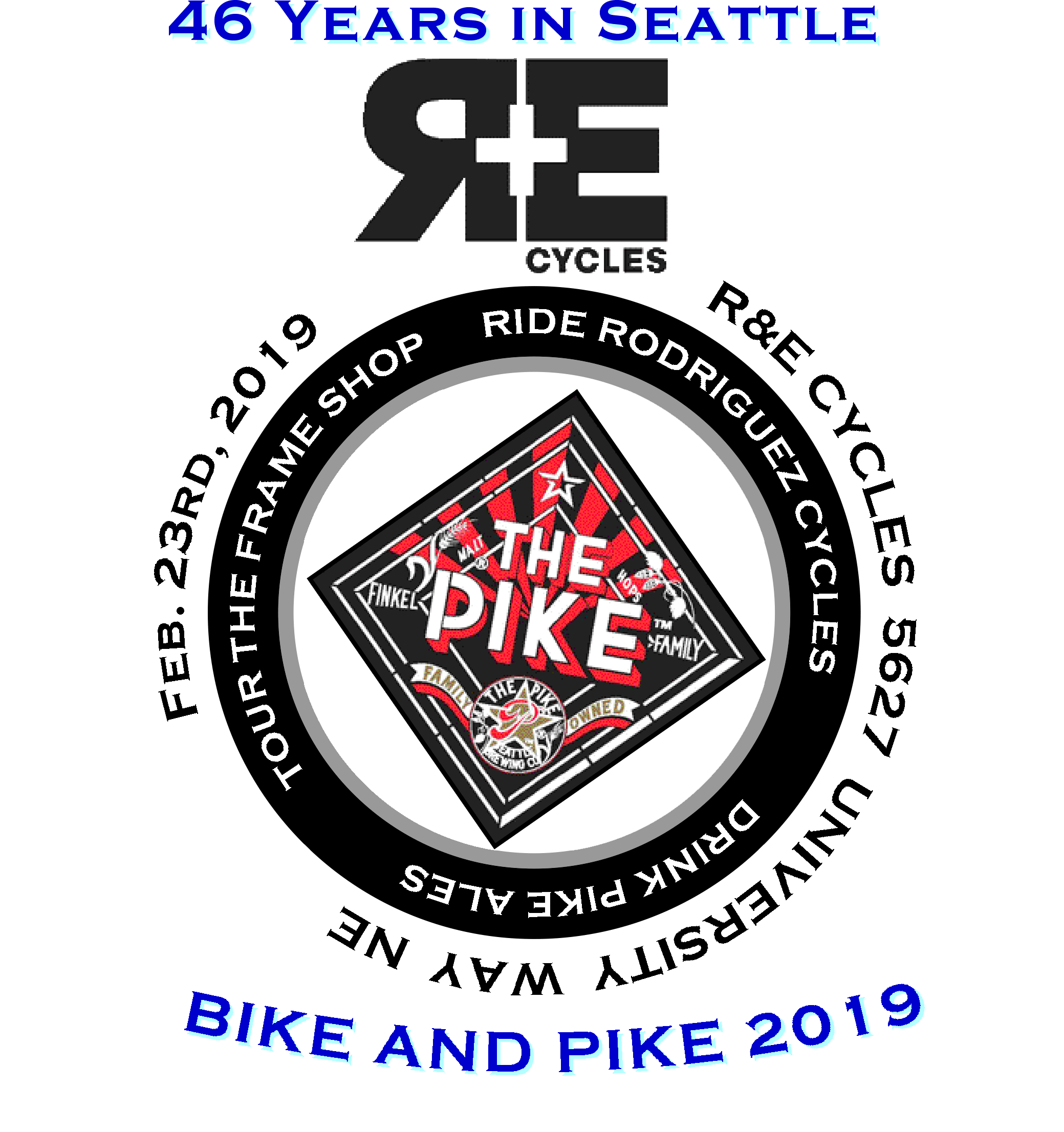One of the ongoing conversations in cycling today is whether or not you should go with tubeless tires. As usual, the answer is: “it depends”. This article will hopefully give you enough information to choose the right option for your bike as well as your riding goals.
Tubeless started in the mountain bike world in 1999 and has since moved into the gravel/randonneur arenas and even made some headway into high pressure road tires. Tubeless gave mountain bikes the ability to run lower pressures without the fear of pinch flats, gaining added traction from a softer tire. The sealant also closes small punctures before the tire could go flat. These features were attractive to riders of all stripes, as it turned out.
Note: for tubeless to work properly, the tire, rim, and rim tape must all be tubeless compatible. Some products are clearly labeled, others not so much. If you’re not sure check the company’s website, or consult your favorite local bike shop.
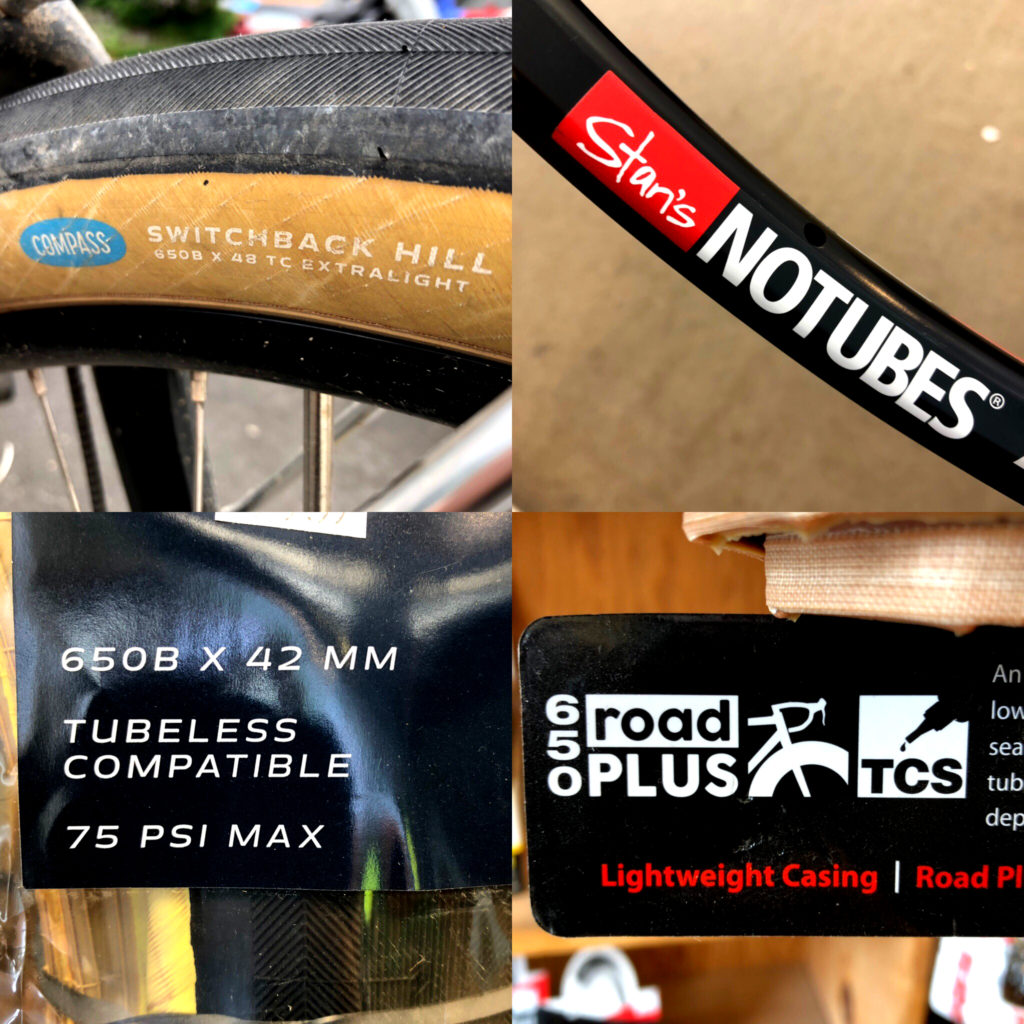
Is tubeless right for you? Let’s look at the pros and cons to find out.
Good things about tubeless:
- Sealant means fewer flats overall – The small cuts and punctures that could stop you on a normal tire and tube setup would seal automatically. Your tire will lose some air with each puncture, but topping off your pressure is quicker and easier than a full flat repair. This means more time in the saddle and less hassle on long rides.
- “Tuning” your tires – Tubeless gives you a greater range at which to adjust your tire pressure depending on terrain. You can start your ride on the road with a reasonably firm tire, then let air out and run soft over rough terrain. You can also do this with tubes, but tubeless allows for even lower pressures. This is especially useful with supple tires without stiff sidewall casings. Stiff casings don’t run well at lower pressures as the sidewalls tend to collapse suddenly instead of flex smoothly.
- No more pinch flats – This mainly affects off-road riders that want a large, low pressure tire for better traction on soft surfaces. This can be a real game changer for some riders, giving extra traction on demand.
- You can always put in a tube if you need to – If your tire gets a cut or puncture too large for the sealant, you can use a traditional tube and boot to keep riding.
Tubeless drawbacks:
- Setup can be difficult or messy for first-timers – While there are several instructional videos on the internet, becoming skilled at tubeless setup can be a mucky endeavor. Seating the tire without a tube can be tricky, liquid latex (what most sealant is) can make a mess, and the tolerances of bead and rim tape play a more crucial role. Weeping sealant can also be an issue if your sealant isn’t shaken properly or if you’re trying to convert an already ridden tire.
- Sharp objects can become part of your tire – Remember that tiny piece of wire you ran over 300 miles ago? Probably not, since the puncture sealed in seconds. That wire is still there, though. If you end up having to install a tube out on a ride, that wire is going to pierce your tube as soon as you inflate it. The tire must be thoroughly checked for sealant-embedded debris before installing a fresh tube.
- Tubeless isn’t faster – While not really a drawback, it’s something to keep in mind. In tests done by inquiring minds, tires with tubes were just a tiny bit faster than tubeless. Most of us probably wouldn’t notice the difference, so unless you’re a competitive racer that lives or dies by marginal gains, it’s a bit of a non-factor.
- Roadside repairs can be very messy – If you do have to open up a tubeless tire in the middle of a ride, it’s likely to be a wet and dirty experience. Gloves are recommended.
- Advantages are less noticeable with high pressure, low volume tires – A two inch wide tire running at 30PSI loses a much smaller percentage of air while sealing a small puncture than a 28mm tire running at 100PSI. By the time the hole seals on a tire like that, you’ve lost enough air to necessitate pulling over to reinflate the offending tire. While there is some time savings, it’s not the seamless experience you would get from tubeless on a larger, softer tire. This makes the effort of setup seem somewhat less attractive, especially when there’s no additional speed benefit.
So, are tubeless tires in your future? Probably? The trend towards larger tires will make tubeless an attractive option for more and more people, especially those looking to combine road and off-road riding. Still, the inner tube isn’t going anywhere anytime soon. The choice will be yours. We just want to give people enough information to make the best decision for themselves, without taking a particular “side” of an issue. Good luck, and have great rides.

